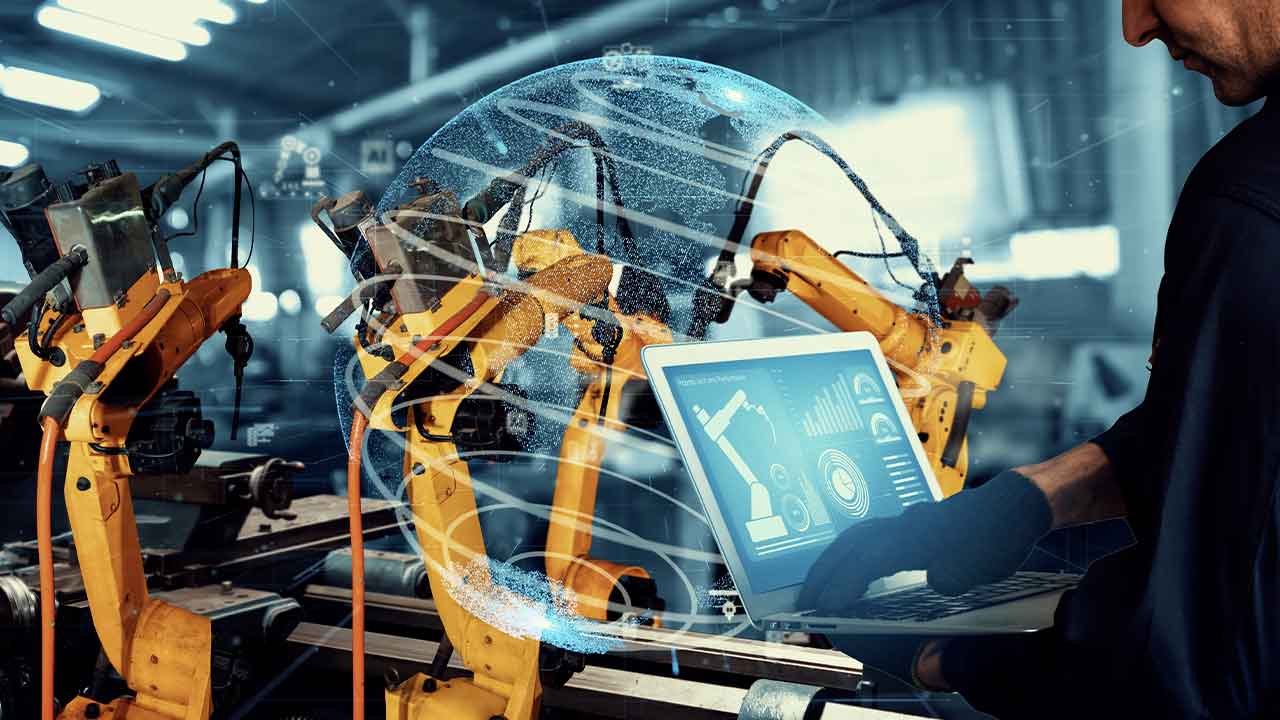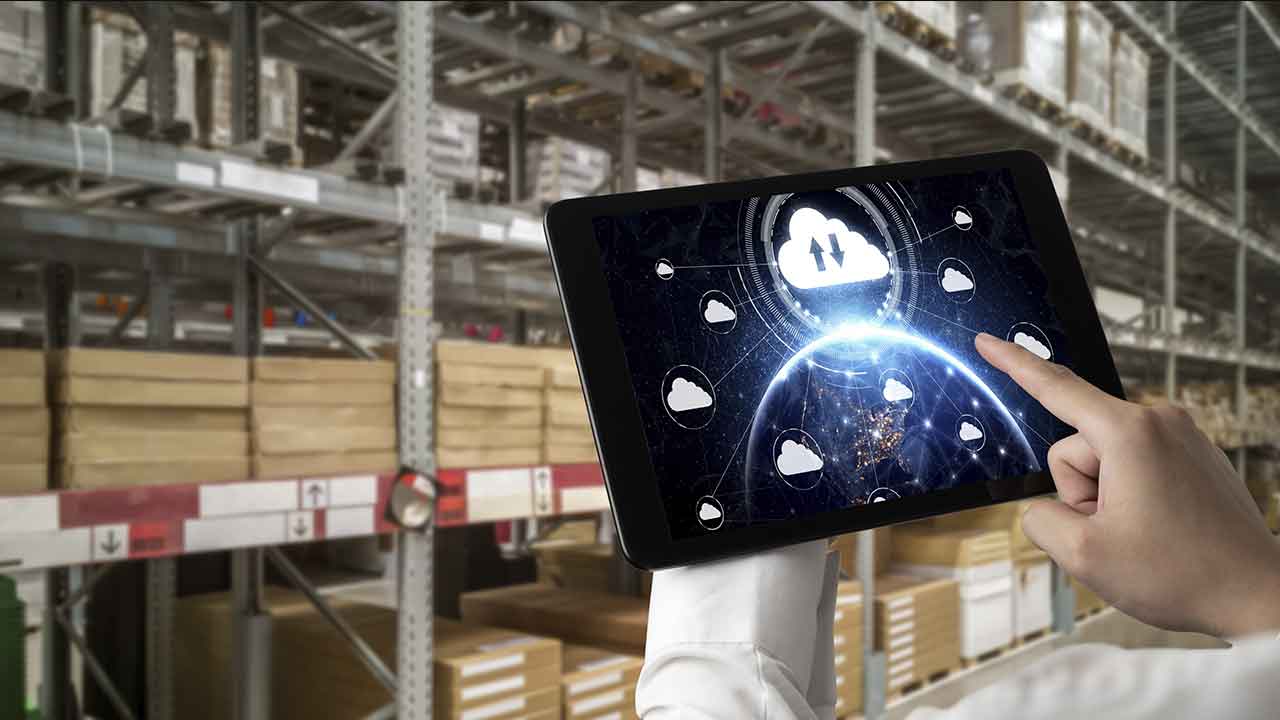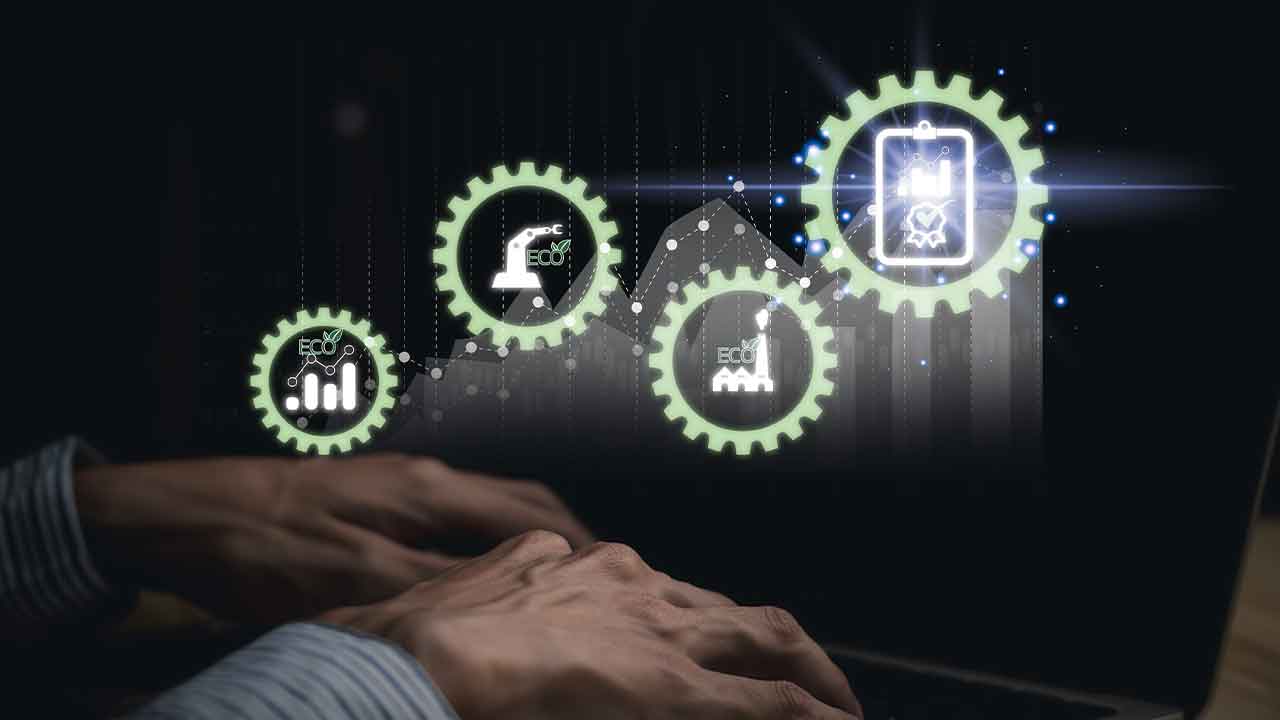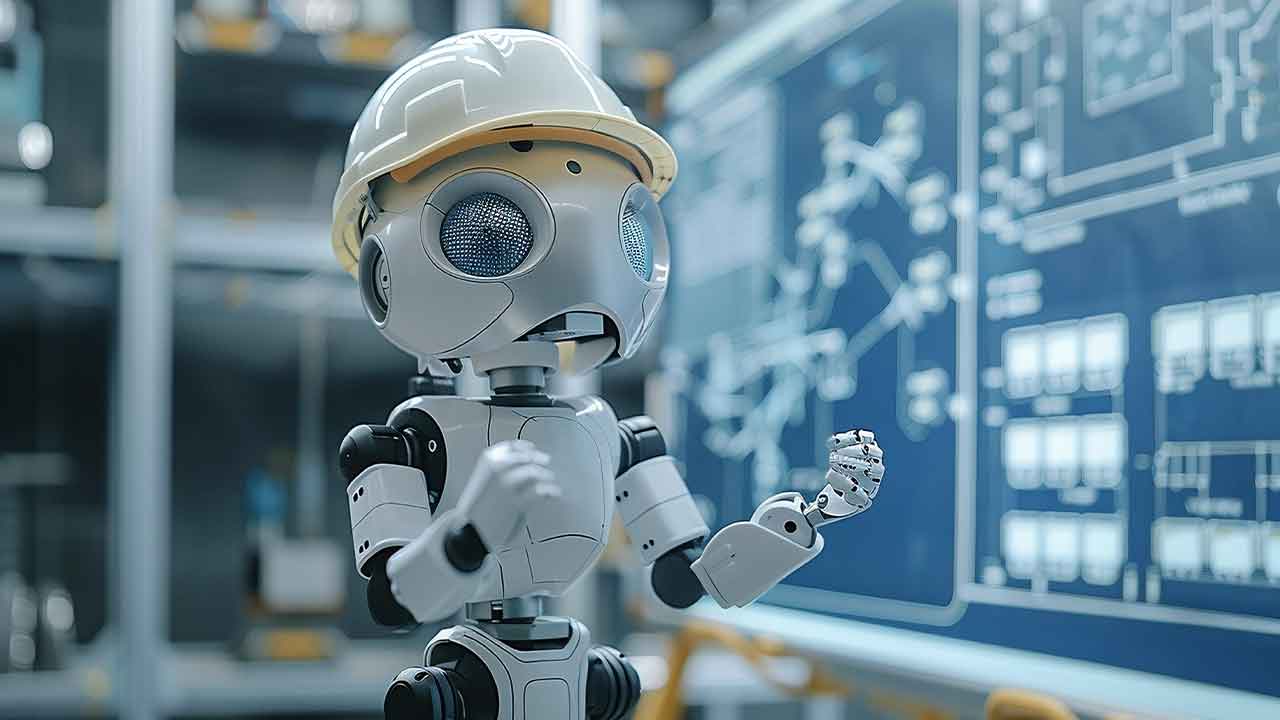Manufacturing’s Future Hinges on Collaboration, Not Just Technology | SPONSORED
At Hannover Messe 2025, I sat down with Mathias Oppelt, Vice President and Head of Customer-Driven Innovation at Siemens Digital Industries, to explore what manufacturers really want from digital transformation—and what’s still holding many of them back. The conversation moved well beyond buzzwords like AI and digital twins, touching on deep structural shifts, mindset changes, and the role of collaboration in building truly adaptive, resilient operations.
Here are the most compelling insights from that discussion:
Manufacturing’s New North Star: Speed, Adaptability, and Resilience
Oppelt’s team at Siemens has taken a deliberate turn toward “customer-driven innovation.” Rather than pushing out new technologies from R&D, Siemens is increasingly starting with a question: What is keeping our customers up at night?
The answer, says Oppelt, is no longer just about cost, quality, or speed. It’s about resilience—the ability to adapt to unpredictable geopolitical shifts, labor shortages, and disruptive new technologies like generative AI. Manufacturers want to plan for the unplannable and are increasingly willing to invest in systems that allow for flexibility and agility at scale.
“Customers are no longer just trying to optimize a triangle of cost, time, and quality. They’re trying to future-proof themselves.”
The Real Barrier to Transformation Isn’t Technology—It’s Mindset
Despite the visibility of new tools, manufacturers are underutilizing today’s technology because they’re missing two critical enablers: organizational readiness and cultural transformation.
According to Oppelt, a successful transformation requires three pillars to work in unison:
- A shift in mindset
- Organizational and talent alignment
- The right technologies
Too often, companies focus only on the third.
One standout insight: Oppelt challenges the long-held belief that “data is gold.” Instead, he argues that most industrial data is not yet valuable—it only becomes so through collaboration, contextualization, and shared usage. “Data locked away in silos is worthless to generative AI or predictive systems,” he explains.
AI and Digital Twins Are Everywhere—But Transformation Still Lags
Walk through any hall at Hannover Messe, and you’ll see AI, digital twins, and smart automation on every booth. But as Oppelt notes, technology visibility doesn’t equal technology adoption.
Many manufacturers still treat AI like a feature to be added on, rather than a capability that requires rethinking how teams, data, and systems are structured. Siemens is actively using its own 120+ factories to test and refine these approaches, offering real-world learnings to its customers.
Balancing Long-Term Vision with Immediate ROI
When asked how Siemens balances short-term returns with long-term innovation, Oppelt’s answer is pragmatic: “Be bold in your vision, but pragmatic in execution.”
Through its Enterprise Transformation Framework, Siemens helps clients chart a path from their current state to a bold future—while ensuring each step delivers ROI. “You need to inspire your organization with a vision worth moving toward,” he says, “but you also need to be honest about where you are today and generate value early.”
Why Openness Is Now a Competitive Differentiator
In a notable shift for a historically closed industry, Oppelt makes a strong case for openness—not just in APIs or platforms but also in company culture and go-to-market strategy.
“Siemens doesn’t pretend to have all the answers. We have to be open. Real transformation will only happen if we collaborate across ecosystems.”
This philosophy is embodied in Siemens Xcelerator, which emphasizes seamless integration and modularity across the ecosystem—regardless of vendor.
The One Mindset Shift That Matters Most? Collaboration.
When asked what one mindset manufacturers should adopt to stay relevant five years from now, Oppelt doesn’t hesitate: collaborate.
Be willing to take the first step without knowing the full ROI. Be open to sharing data. Be ready to break down silos—not just between IT and OT, but across teams, departments, and even organizations.
“The best time to plant the tree was 20 years ago. The second-best time is now.”
Takeaway:
Technology is necessary but not sufficient. The future of manufacturing belongs to those who are bold enough to envision a new model, pragmatic enough to build it in steps—and open enough to build it together.
Sponsored by Siemens
About the author
Lucian Fogoros is the Co-founder of IIoT World
Related articles:



